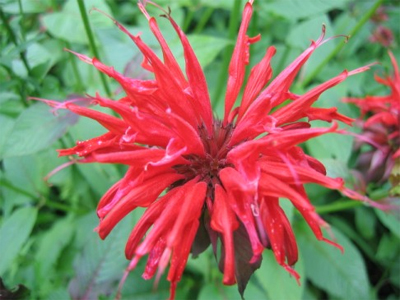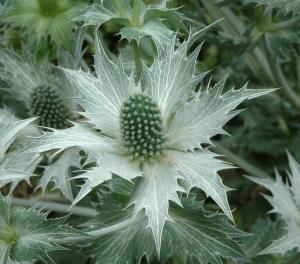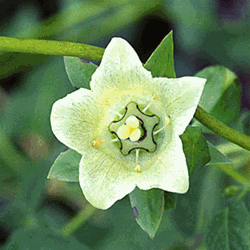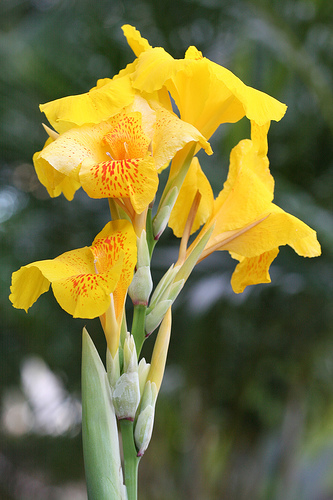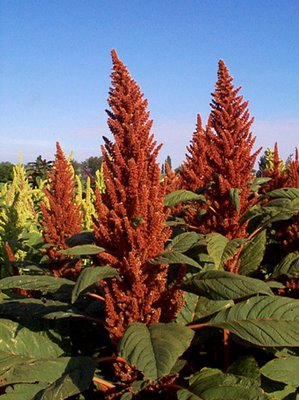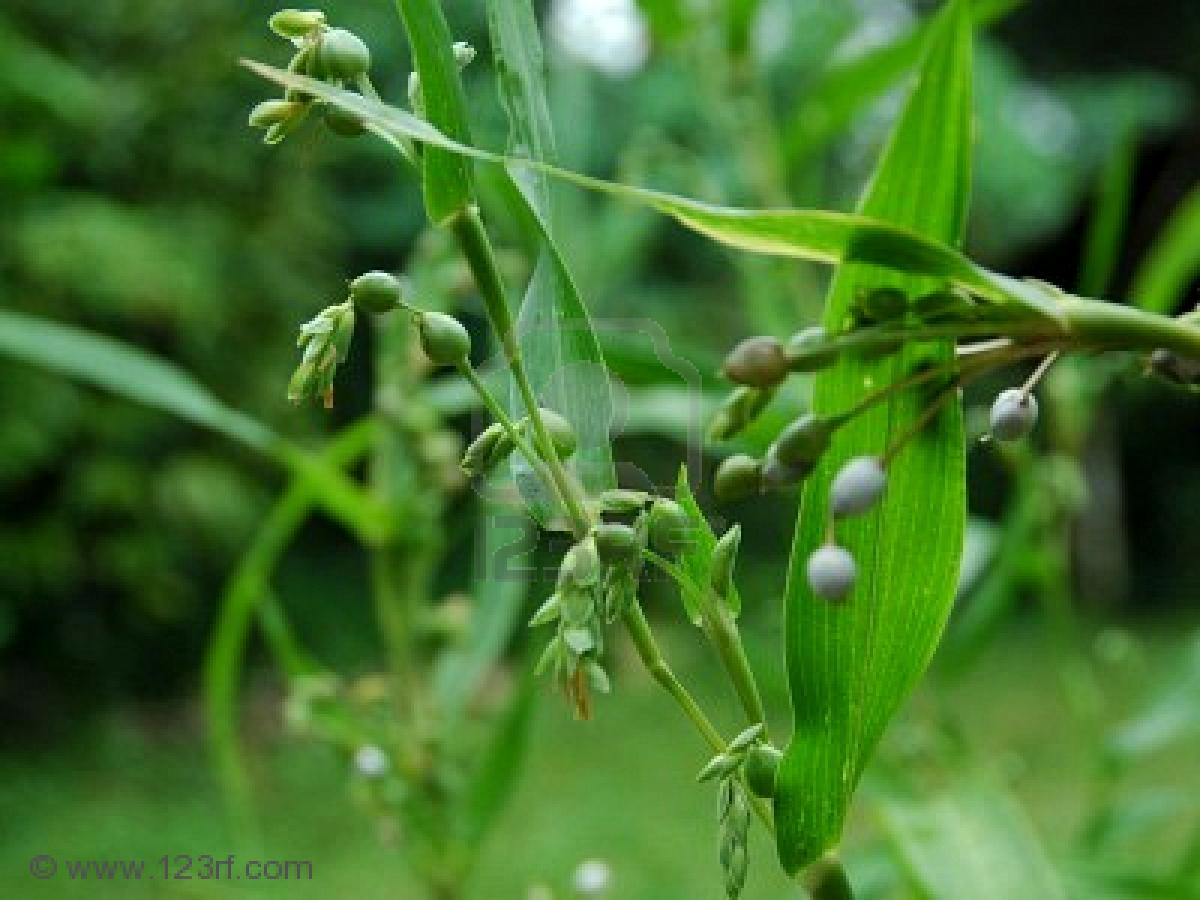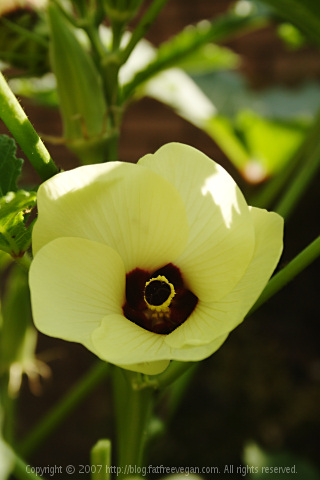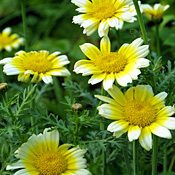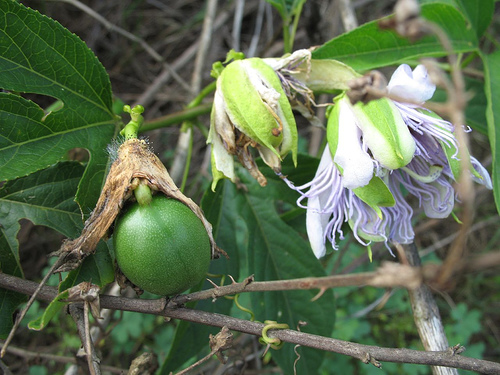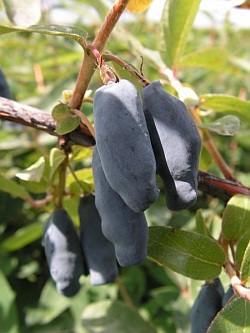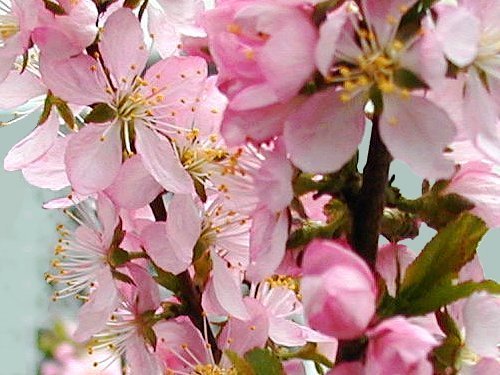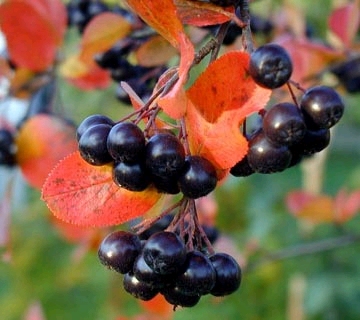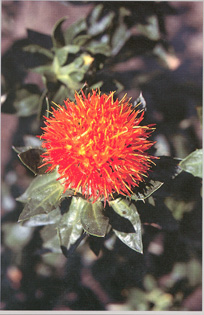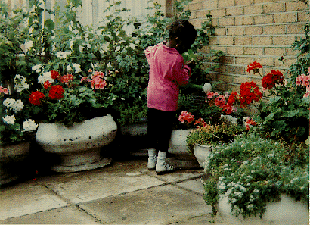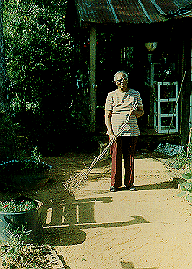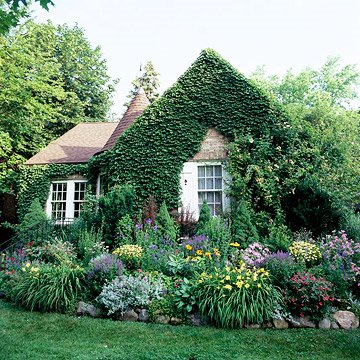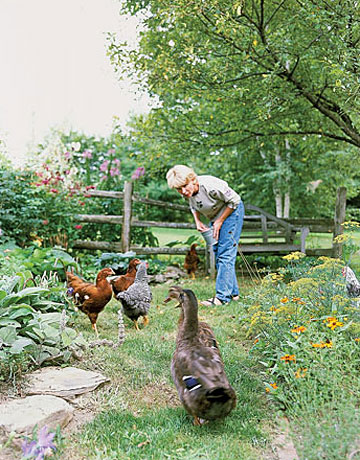Sharon May 13th, 2010
I recently got an email from a couple in their 40s who asked me if I would advise them on the very basics of gardening. They mentioned that they want to do this, but that gardening is a completely unknown world to them, and that they’ve been reluctant to even take my garden design class, because the word “design” seems so overwhelming when you are looking at dirt seriously for the first time in your life. They wondered if I would be willing to advise some absolute newbies.
And indeed, I am - because realistically, that’s more of us than anyone would like to admit. It was me once - my first balcony garden, grown in college, failed because I didn’t realize you actually had to fertilize your plants - I dumped potting soil in pots and left them there, watering occasionally. I’ve done every stupid thing you can imagine in a garden.
So I’m delighted to offer some very basic gardening guidelines. The couple asked to remain anonymous, so I’m referring to them (with their goodnatured consent) as “Ms. and Mr. Grasshopper” and will be answering their questions throughout the season.
The first one is what to read about gardening. They went off to the local library and bookstore and came home with a bunch of books. But, they admit, most of them are either too advanced or too confusing. And they say such contradictory things - who should they believe?
And this does point up a real and serious problem in gardening - that in fact, most garden books do give wholly contradictory advice. You’d think that someone who spends as much time as I do thinking about gardening would have a pile of just absolutely perfect authors, whose wisdom I agree with 100%. in fact, I don’t have any such thing - the majority of garden books contain some good and useful information. They also contain (in my opinion) some uninformed nonsense and some things that are helpful to some people, but wrong or pointless or irrelevant to people dealing with different pests, weeds, climates, soils or conditions.
This is true even of gardening books I like. And I assume that it will be deemed true if I ever write a gardening book. The old joke about Jewish folks “Two Jews, three opinions” is even more true about gardeners.
So unfortunately, I can’t actually suggest to my Grasshoppers that they buy the one or two most useful garden books. This would be very helpful to them, but instead, what I suggest is that they begin acquiring (or borrowing from the library) a range of books that will help them, remembering, also, not to take as gospel anything anyone says - including me. This is much harder than giving the one true answer. But anyone who says they have the one true answer in the garden is a liar or a fool.
So here is an opinionated, annotated list of the garden books I’ve found most useful. It is somewhat changed from the lists provided in _A Nation of Farmers_ and _Depletion and Abundance_, as I’ve read more books and changed my thinking some. In each, I try to note what the book is actually good for, and if I can remember, where it is wrong. I’ve included books that my Grasshoppers might not be ready for yet (and pointed out where this is true) in the interest of appealing to a broad range of readers. But first we’ll start with absolute beginners:
Beginner Books
Mel Bartholomew’s _Square Foot Gardening_ has done more to make gardening accessible to more people than perhaps any other basic garden book out there, and is well worth the investment. I actually think the older version of this book is better, because it emphasizes purchased inputs less than the more current one. I think he uses more chemicals and purchased components than I like, but the basic method is very clear, very straightforward and very helpful. I don’t really think anyone should ever have just one garden book, but this wouldn’t be a bad candidate to get started with.
I wasn’t that excited by the title, but _The Complete Idiot’s Guide to Vegetable Gardening_ is actually excellent. Written by a father-daughter team, she a Garden writer, her father a retired Plant Biochemist, it somehow manages to get just the right balance of information. The book is clear, it focuses on the food crops most people will want to start with, it covers everything you need to know from design to soil biology in very clear terms. This book and Bartholomews are as close as I can come to imagining a small but comprehensive garden library. It is good enough that the book will be a good addition to moderately experienced gardeners as well.
Robin Wheeler’s _Gardening for the Faint of Heart_ is more idiosyncratic and less comprehensive than either of the above, but is a nice supplement to them, and is about the most accessible and friendly of all garden books. Think of it as a chatty companion with lots of information.
Most gardening books are really regional - unless they are so general as to be useful only to the beginner. The best of these are honest about who they apply to. Bob Thomsen’s _The New Victory Garden_ is a superb basic book for people living in the Northeast, Northern Midwest and northern Mid-Atlantic - its advice is perfect for those regions, but since my Grasshoppers do live in the Midwest, this will be a good addition to their list. One of the best things about this book (based on the old PBS tv series available cheaply, but don’t get the old Crockett’s version, which is heavy on the pesticides) is that it will tell you what to do in each month to get your garden started.
My Grasshoppers see the proper beginning place for them as a fairly conventional annual garden of popular vegetables, but that isn’t necessarily the only or best way to go. I’d like them to think at least a little about permaculture and designing a space that does more than produce annuals with a maximum of effort. For that, I think the single best “help people see the basics differently before they get locked in” book is Toby Hemenway’s wonderful _Gaia’s Garden_. I recommend this for every household, even if you don’t think you want to know about permaculture. You really do - and this is a superb book that will get you thinking in the right terms.
These five books, put together are a very good start for most beginners. Those in other regions of the world will want to find an equivalent basic regional book for their area.
Containers:
My Grasshoppers have a moderate sized yard, but they have most of their sun in the front, and want to add some containers to their plan - but they don’t know what grows well in containers, how to fertilize or take care of them. So the next category of garden book I’m going to recommend are books on container gardening - which is tricky, since most container garden books focus on just a few edible plants and mostly on flowers. I like four books, personally.
First, there’s _McGee and Stuckey’s The Bountiful Container_ - which covers a really nice range of container plants, soils, fertility and how to grow them. This is really *the* comprehensive reference on the subject, and if you had to pick one book, this would be it. I don’t think they spend quite enough time on soils and micronutrients but otherwise, it is good.
I like DJ Herda’s new book _From Container to Kitchen_ quite a bit, in part because he really includes some suggested interesting crops - I’m excited by his section on growing dwarf bananas in pots. But rest assured, he also takes good care of basics - beans, cucumbers, tomatoes. He’s an opinionated guy, and I disagree with a few of his recommendations - but in some ways opinionated gardeners (especially when their opinions are leavened with humor, as his are) are the best - because all gardeners are opinionated, but some conceal it under a veneer of scientific expertise, implying that there is only one true way. I like that Herda comes out and makes the case for his way. It isn’t quite the Bible that the Stuckey and McGee book is, but it add something to the other.
If you are growing serious food in containers, sooner or later you’ll want to investigate self-watering containers, also known as earth boxes. Because water and fertility stress aren’t the constants they are in most standard containers, this is a great way to up your container yields. The standard book on the subject is Edward Smith’s _Incredible Vegetables from Self-Watering Containers_. The problem I have with the book is that there really isn’t enough content in it to make a real book - it is stretched out with irrelevancies and huge pretty pictures that only emphasize that this good and valuable information really could have been contained in a pamphlet, rather than its own book. It is a helpful guide to this technique, however, so it is worth reading. I’m glad I own it, mostly, although I think most of us could glean the relevant parts from a single borrow from the library.
_Fresh Food from Small Spaces_ by RJ Ruppenthal is a great book for urban folk or others with small spaces that want to maximize what they can do even in the city. It isn’t wholly a gardening book, much less a container gardening book - it covers bees and chickens, fermentation and sprouting as well. But it is a terrific book, and has some great ideas for using vertical spaces and found containers, enough that I’d add it to the list. It is readable and passionate sounding, which alone makes it more fun than many garden books.
Weeds:
Being a Gardener means being a weeder - we pay lots more attention to planting and harvesting, but a lot of the day to day reality of gardening is simply keeping ahead of the weeds. There are lots of strategies for doing this, and this is one place where folks get more opinionated than not. My opinion comes down to two things - don’t let them get away from you, and mulch the crap out of them. So that informs my books.
The first book you definitely want is a guide to your weeds - the more you know about weeds, the easier they are to manage. My personal favorite is a pricey book that I bought some years ago, but have never regretted called _The Weeds of the Northeast_ (this kind of book doesn’t seem to lend itself to innovative titles  ), but you will want whichever weed book best applies to your region of the world. I don’t know where most of you live, so I can’t offer a suggestion - call your cooperative extension agent and ask them.
), but you will want whichever weed book best applies to your region of the world. I don’t know where most of you live, so I can’t offer a suggestion - call your cooperative extension agent and ask them.
The two other books I recommend on this subject basically both take the same approach, and you can easily get away with just one, depending on your tastes. I like Ruth Stout’s old _How to Have a Green Thumb Without an Aching Back_ for the entertaining essays and Lee Reich’s more concrete and analytic approach in _Weedless Gardening_ for the nitty gritty. Mulched gardening is not rocket science, and you can learn it from either, but the two together make a wonderful combination. Weedless Gardening is also a pretty good basic book on gardening as well.
Seeds
My Grasshoppers are purchase transplants for everything they can’t direct seed this year, because they are getting a late start, but eventually, they will probably find it financially friendlier to start at least some seeds in advance. They may also find that they’d like to save seeds, and cut down on their seed bill for next year, as well as building local adaptation into their plants. So once they get that far, they’ll want a couple of books on seeds, and maybe the very basics of backyard plant breeding. I know that sounds overwhelming now, but again, it isn’t rocket science, and you go from raw beginner to expert, aching for a new challenge pretty quick in gardening.
For beginners who haven’t gotten to seed saving, I like Nancy Bubel’s _The New Seed Starter’s Handbook_ which has tons of specific information about every variety of vegetable, herb and flower you could want, laid out very clearly.
The best seed starting and saving book, however, is Suzanne Ashworth’s superb _Seed to Seed_ which covers the whole cycle of seed saving and spreading for a huge range of edible plants. If you can only have one book on this subject, this is it.
In addition, even if it sounds intimidating, I love Carol Deppe’s _Breed Your Own Vegetable Varieties_ - it is readable, entertaining, compelling and useful, and a great book. It makes it clear that the work of creating new food plants that can adapt to changing conditions will not be left only to plant scientists - it can’t be, because we are the ones who know what we need. I recommend everyone read this book (once you get past the starting stage) even if you think you’d never do it. You won’t regret it.
More than Just Veggies
What happens when my Grasshoppers are ready to go beyond the most common fruits and vegetables and want to get into new plants? Well, then they need some guidelines to less familiar plants - perennials, fruits, herbs, etc… Depending on their interests, they may want some of these specialized books - and indeed, I will encourage them, once they’ve gotten their hands into the dirt for the first time, to add perennial and woody plants to increase the food they can produce.
If you want to grow medicinal herbs, there’s really one definitive book - Tammi Hartung’s excellent _Growing 101 Herbs that Heal_ - everyone may want to add basic medicinals or specific to conditions they or their family are dealing with, and while there are many herb books that focus on how to use the herbs, books that really emphasize how to grow them are few and far between. This is a wonderful one and I consult mine regularly.
What about grains? Most of us rely on grains to provide staple calories, but few of us grow them, which is a pity, since most grains are grasses and very easy to grow. Thankfully, Gene Logsdon has finally re-released the definitive and wonderful _Small Scale Grain Raising_ which was out of print for decades. Revised and updated, it is an essential for anyone who wants to grow even a tiny patch of grains.
Michael Phillips’ _The Apple Grower_ is the modern definitive book on organic apple growing, and is wonderful - and much of what he says applies to other tree fruits grown organically. Gene Logsdon has an out of print book _Organic Orcharding_ that is also excellent, and covers a wider range of fruits - I’m hoping that will be his next re-release.
If you are going to grow unusual fruits, I come back to Lee Reich, whose _Uncommon Fruits for Every Garden_ will help you sort through fifty different kinds of faux-cherry in your catalog and whether you want to grow Medlars.
Eric Toensemeier’s super _Perennial Vegetables_ is also well worth the investment - he’s done the hard work of sorting through unusual and funky, even unknown vegetables in order to give everyone access to a range of crops that come back every year without effort. Familiar rhubarb and asparagus are here, along with the unfamiliar, and it is worth having and considering. This is another one I go back to year after year.
Getting More Advanced
Believe it or not, at some point terms like “soil ph” and “cruciferae” and “woody perennial” will turn from mystifying bits of an alien language into the ordinary terms of your day to day life. You will know that blueberries need acid soil and not to set your peppers out until it gets warm and what damping off disease is. A few seasons under your belt and you’ll recognize your seedlings from the weedlings and while you won’t stop making garden mistakes, you will probably go looking for some new and creative ones to make. That’s when you need these books - the ones that help you take the next step on, whether it is market gardening, season extension or serious forest gardening or just a greater degree of self-sufficiency.
Eliot Coleman’s _The New Organic Grower_ is *the* book for small scale market producers, but larger scale home gardeners will learn a lot from it as well. The discussions of green manures, undercropping, appropriate tools and technologies, soil building, etc…are past the level of a beginner, and for people who are really ready to get serious about gardening. Like all of Coleman’s books, it is a well written and thoughtful tome
Also by Coleman are the two bibles of Season Extension - _The Four Season Harvest_ and _The Winter Harvest Handbook_ - the two build on one another, and talk about ways of extending the garden season year round in cold climates. This book will be less valuable for folks in hot places, but for those in cold and moderate temperate climates they are indispensible. If you had to get one, I’d get The Four Season Harvest.
Dave Jacke is a brilliant man who has written an enormous two volume book on Forest Gardening in temperate climates. These are amazing books, and incredibly useful references even if what you are doing isn’t officially forest gardening - his plant information is astonishing, and the tables alone are worth the price of the book. I don’t, however, recommend them to beginners - or even folks who are still in the first few years of gardening, unless you really like anality. The thing is, Jacke is so focused on doing it right - hundreds and thousands of pages of doing it right… that I think it is simply overwhelming to beginners who want to deal with smaller spaces. Jacke knows his stuff cold, but by the time you finish reading all the steps in soil prep and design, you probably will have decided that this whole thing is far too overwhelming. But once you’ve gotten past that, and are actually doing, they are wonderful books - very expensive, but worth the price.
I’m not a double digger, and I actually don’t think that highly of double digging as a technique - I know too many people who set out to use the techniques in _How to Grow More Vegetables…_ by John Jeavons and were knackered by the construction of the garden beds, and never did end up growing much. If, however, you have many unrebellious teenagers to use as slave labor who need to sublimate sexual frustration, or you like double digging, you could build a large garden of double dug beds. Or you could actually derive all the good and powerful knowledge in here about crops but maybe give yourself a little bit of a break. I do think that outside of California, the yields are probably overstated, but even doubling their expected space gets you a lot of food in a small place. Ecology Action also publishes a number of culture and climate specific garden pamphlets “A Complete Mexican Diet” “A Complete Kenyan Diet” that may be useful in many places outside California. Their work is wonderful and the book enormously valuable, even if I don’t think you actually need to sit around and sift your soil through screen to two feet deep.
Finally, I have a particular taste for Terry and Mark Silber’s _Growing Herbs and Vegetables from Seed to Harvest_ because they are doing so much of what I want to do. This is a largely idiosyncratic choice, and if you aren’t trying to grow herbs and flowers along with vegetables, you might not find this book that interesting. But it shows what they do on their farm to grow an extremely diverse range of crops, and I find it a very useful supplement to Coleman and the others, as well as doing a good job of actually illustrating what they are doing, rather than just showing garden porn (not that I don’t like garden porn, but pretty pictures aren’t everything.)
There you have it, Grasshoppers, your reading list. More to come!
Sharon
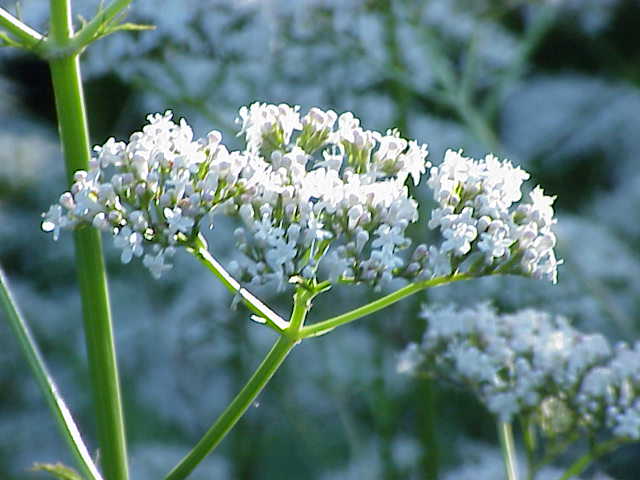
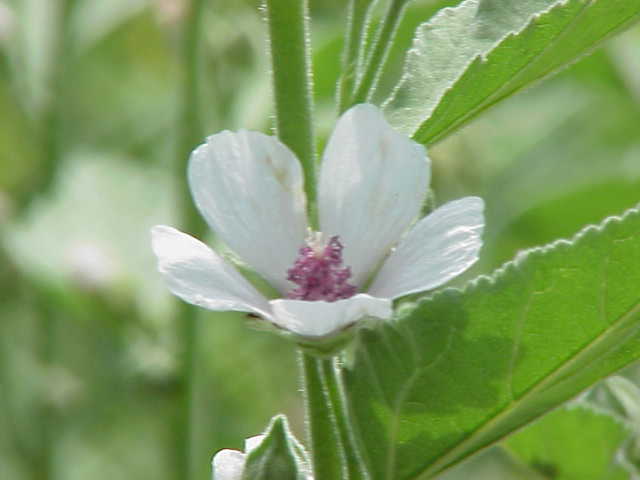
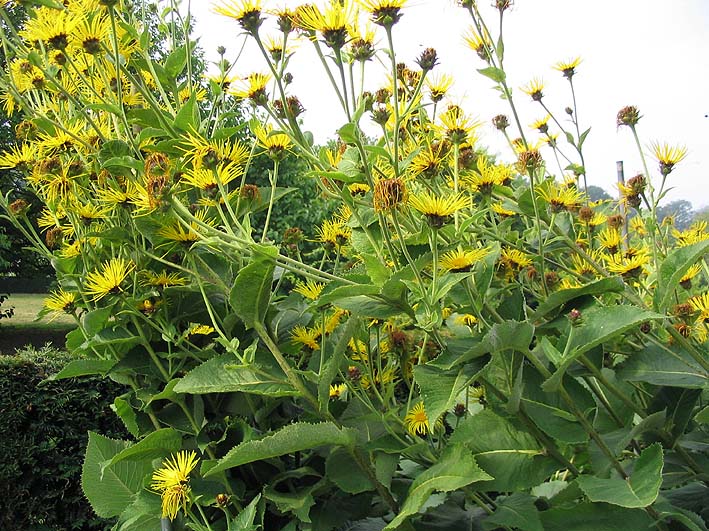
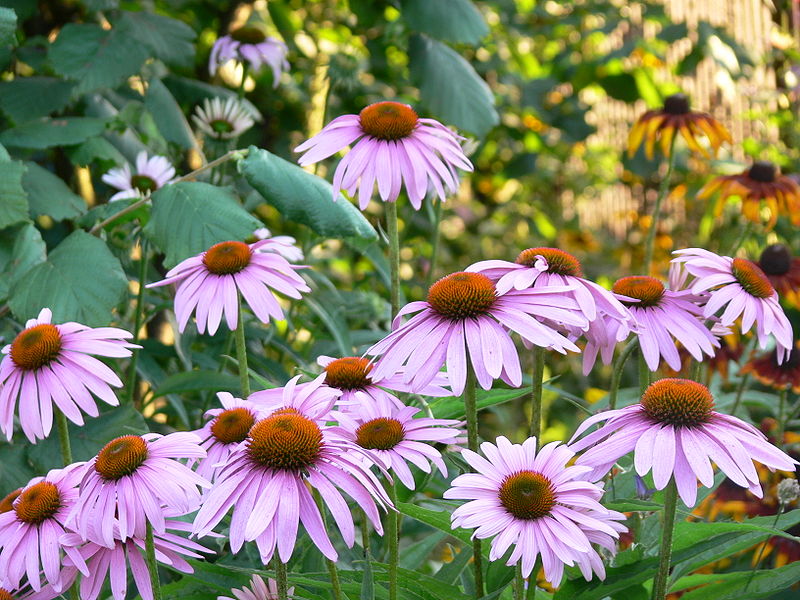
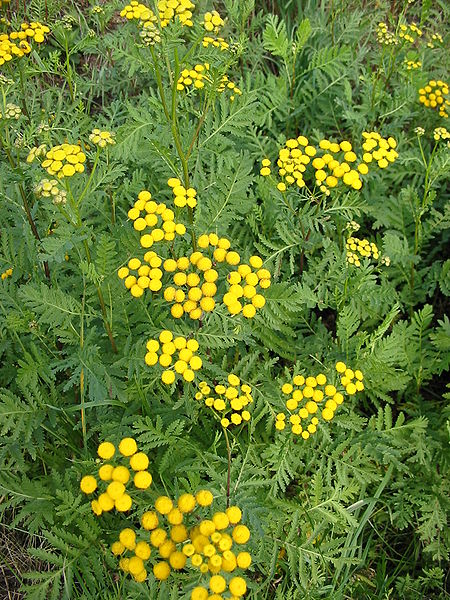
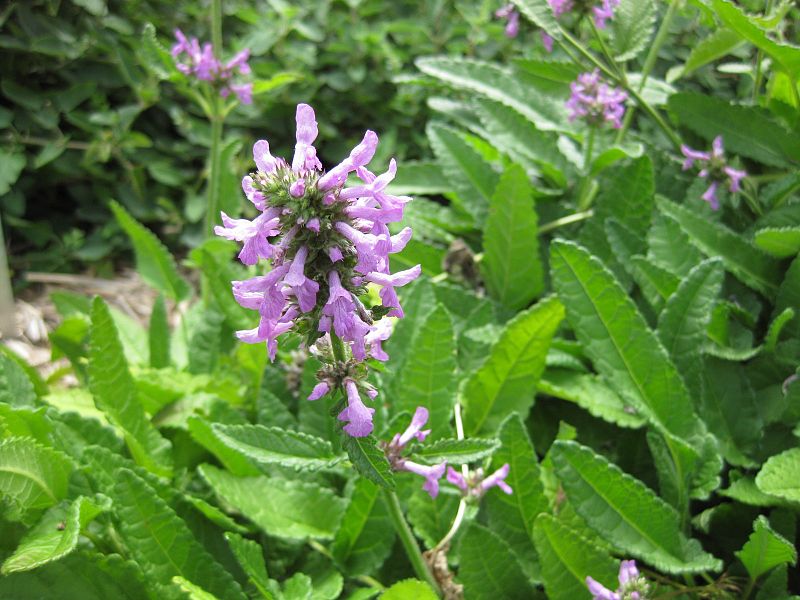
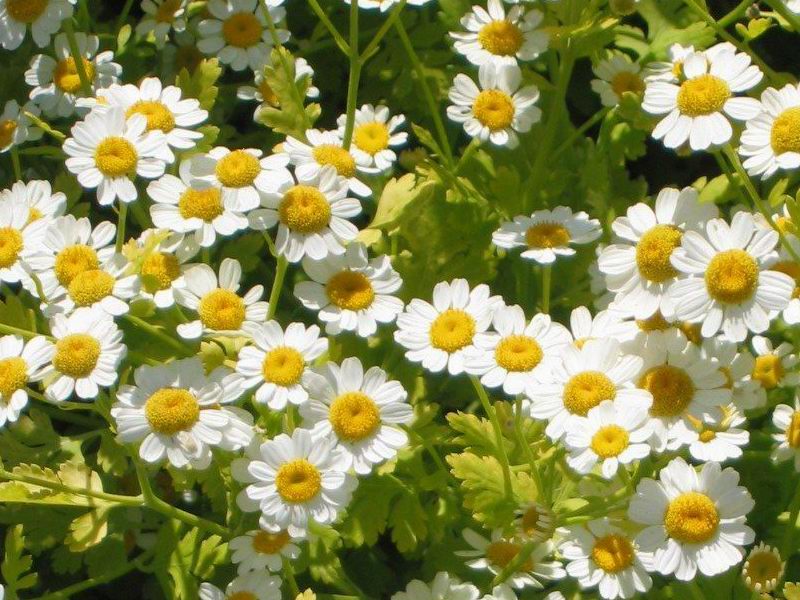
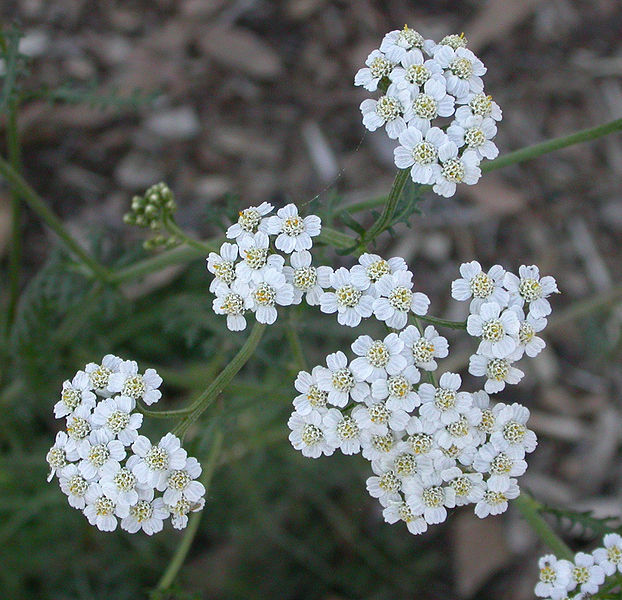
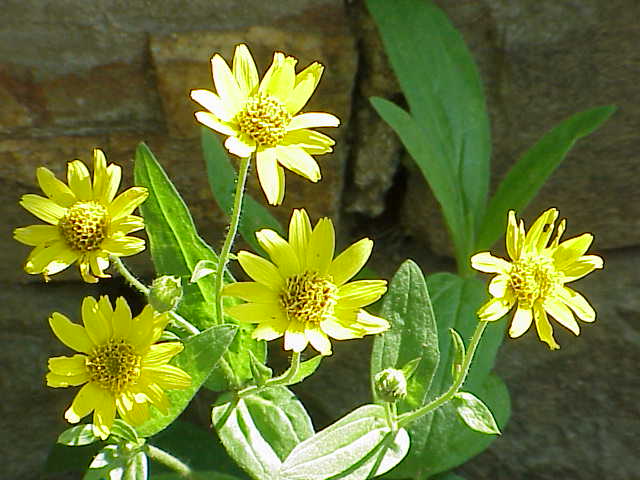
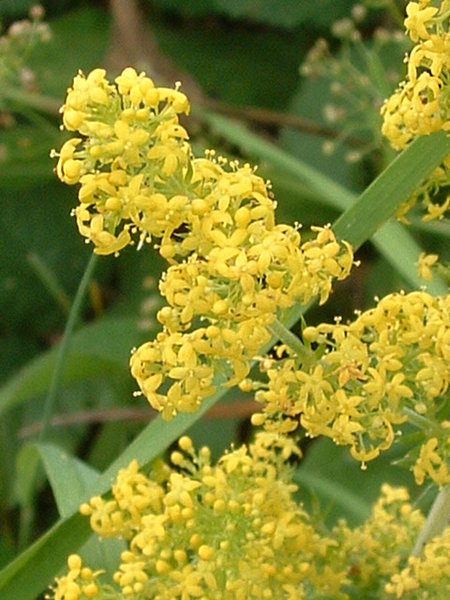
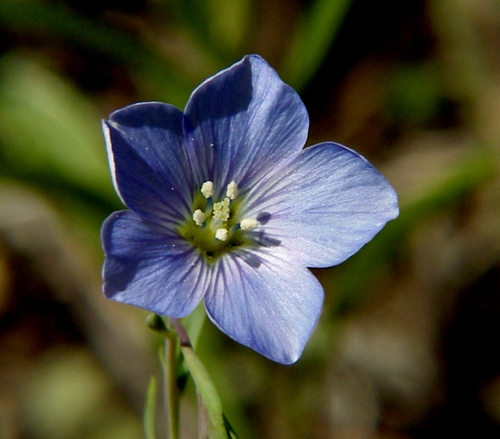
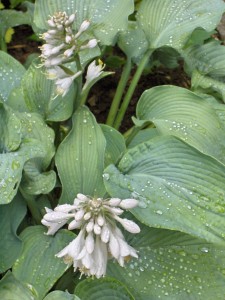
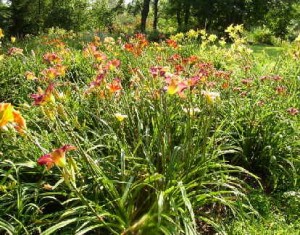
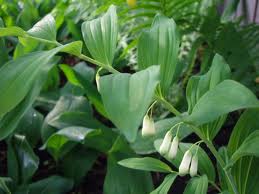
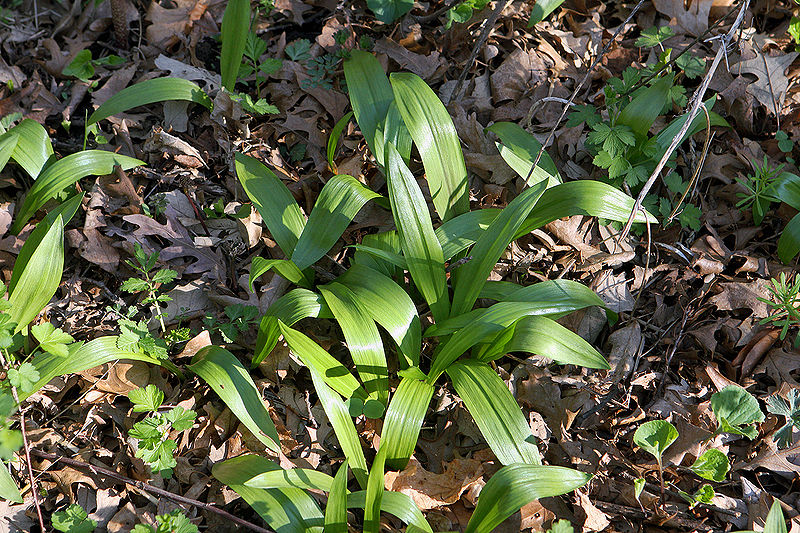
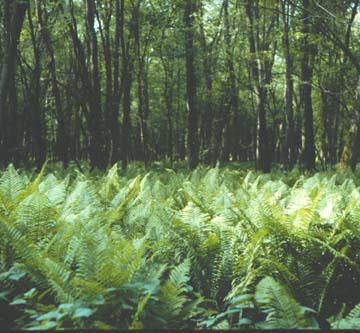
.jpg)
